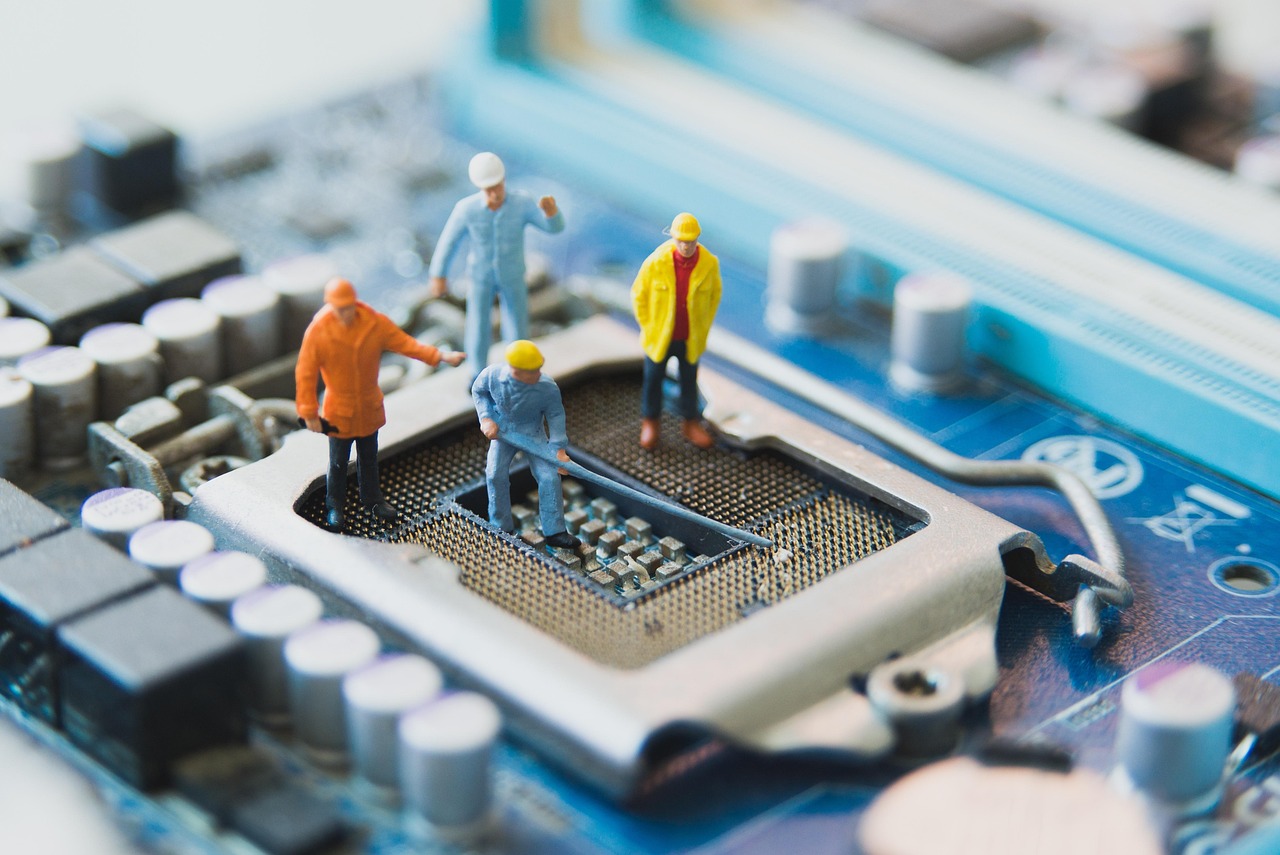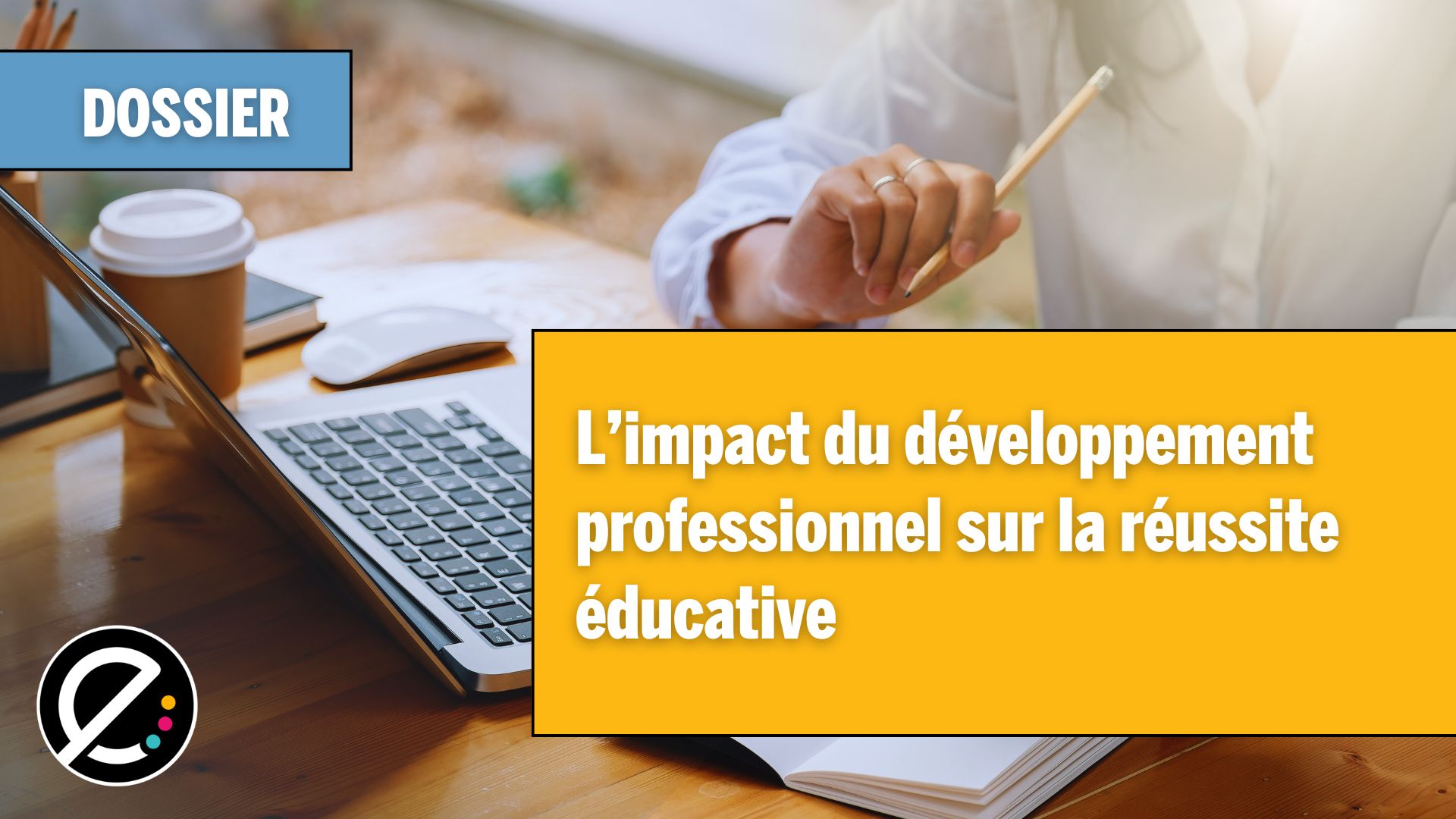Une récente séance de clavardage a permis de rappeler aux participants que l’intégration des technologies en milieu scolaire ne transforme pas l’enseignement comme par magie, mais représente un outil supplémentaire stratégique. Petit résumé.
Le thème de la séance, organisée par le site Edweek.com, était « Why Technology Is Not Transforming Teaching ». Elle mettait en vedette Robyn Howton, enseignante et instigatrice de salles de classe numériques (blended classroom) au Delaware, et Wendy Drexler, responsable en chef des innovations pour la International Society for Technology in Education (ISTE).
D’entrée de jeu, ces deux professionnelles ont rappelé que tant et aussi longtemps qu’on garde le cap sur l’atteinte des objectifs d’apprentissage, ce ne sont pas les technologies qui changent le milieu de l’éducation, mais bien l’usage stratégique qu’en font les enseignants, les dirigeants et les élèves.
Les enseignants ne transforment donc pas leur enseignement lorsqu’ils intègrent des tablettes, des ressources d’apprentissage en ligne ou autres dans leur salle de classe. Ils ne font qu’augmenter le nombre de possibilités offertes aux élèves pour qu’ils atteignent leurs objectifs d’apprentissage.
Par ailleurs, selon Howton et Drexler, ce sont les dirigeants du milieu de l’éducation qui auraient le plus d’influence dans la transformation de l’enseignement. En libérant des plages horaires aux enseignants, aux techniciens informatiques et aux autres ressources, ils leur permettent d’échanger et de collaborer au sujet de l’utilisation de nouvelles ressources technologiques. Ce sont également eux qui ont le mandat de mettre des ressources (physiques ou en ligne) à la disposition des enseignants pour faciliter l’intégration des technologies.
Les deux femmes estiment aussi que les élèves sont bien impliqués dans le processus d’implantation des nouvelles technologies car, étant le cœur même de la vie scolaire, ils ne devraient pas hésiter à mentionner de quelle manière elles peuvent intégrer et transformer leur apprentissage.
Évidemment, pour ces deux professionnelles, il n’y pas de vision unique pour que les technologies contribuent à l’avancement de l’enseignement. Leur utilisation va d’un extrême à l’autre puisque les compétences en la matière varient d’un enseignant à l’autre.






